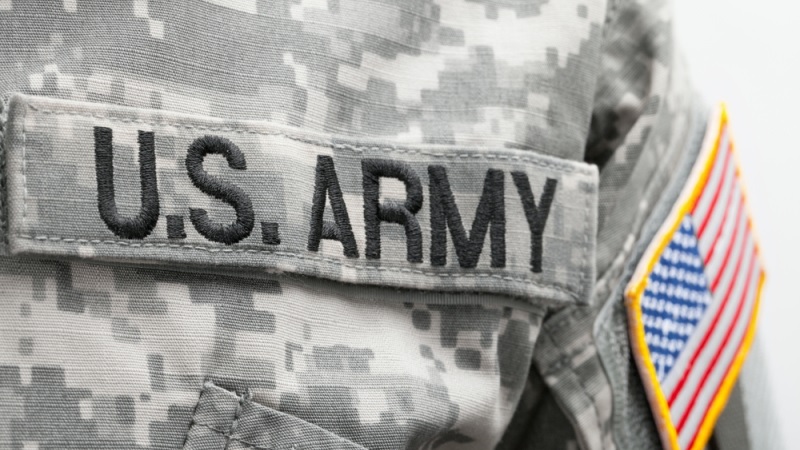
The U.S. Army selected 20 industry and academic teams to continue competing for a chance to support ongoing modernization efforts aimed at accelerating autonomous capabilities for the service.
The Army’s Transformation and Training Command (T2COM) brought together 40 industry and academic teams to demonstrate new unmanned and autonomous technologies during the xTechOverwatch for Unmanned Systems event, held Oct. 27–29, 2025, at the Bush Combat Development Center Innovation Proving Ground.
The competition is designed to help advance future Army technology integration efforts. The teams presented autonomous air, ground, payload and collaborative systems on situational training lanes, with evaluations informed by private capital partners.
From those demonstrations, 20 teams were selected to move forward. According to the Army, the chosen teams will work with Transformation in Contact (TiC) formations from January 2026 through July 2027.
“xTechOverwatch was incredibly successful for the Army,” Lt. Col. Nick Rinaldi, competition lead with the Army Applications Laboratory, said in a statement. “Having the entire ‘materiel kill chain’ as evaluators invested in the outcome was critical to the speed of decisions on which technologies were most suited to move into a TiC formation.”
The competition, facilitated by T2COM and other stakeholders, further aimed to address goals set by Army and Pentagon leadership to transform the way the service buys critical capabilities.
The Army Transformation Initiative calls for reassessing requirements, prioritizing fighting formations to strengthen lethality, and empowering leaders to ensure resources match strategic objectives.
According to Rinaldi, the event demonstrated an approach the service hopes to replicate.
“This was a microcosm of how we have to do business. We have to engage industry on real problems we’re trying to solve, get their capabilities in a place where Soldier formations can actually use the equipment in context and in concert with other capabilities, and then make decisions quickly,” he said.
A key element of the ongoing effort is rapid fielding, according to the service.
Selected competitors will be under contract within 60 days to work directly with unit training cycles, giving soldiers early access to prototypes and opportunities to provide feedback that can guide improvements.
